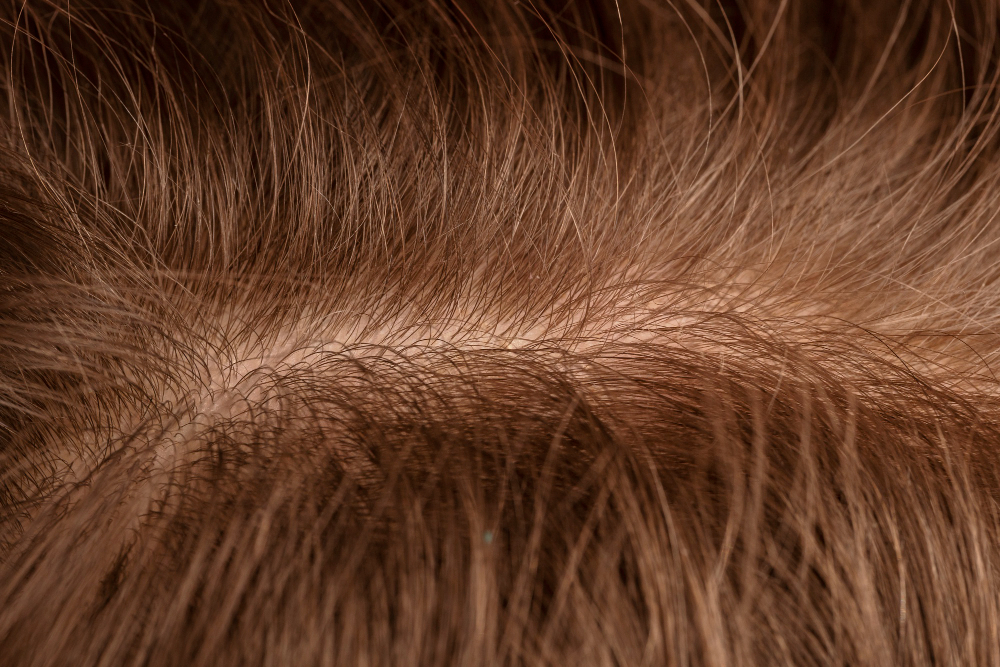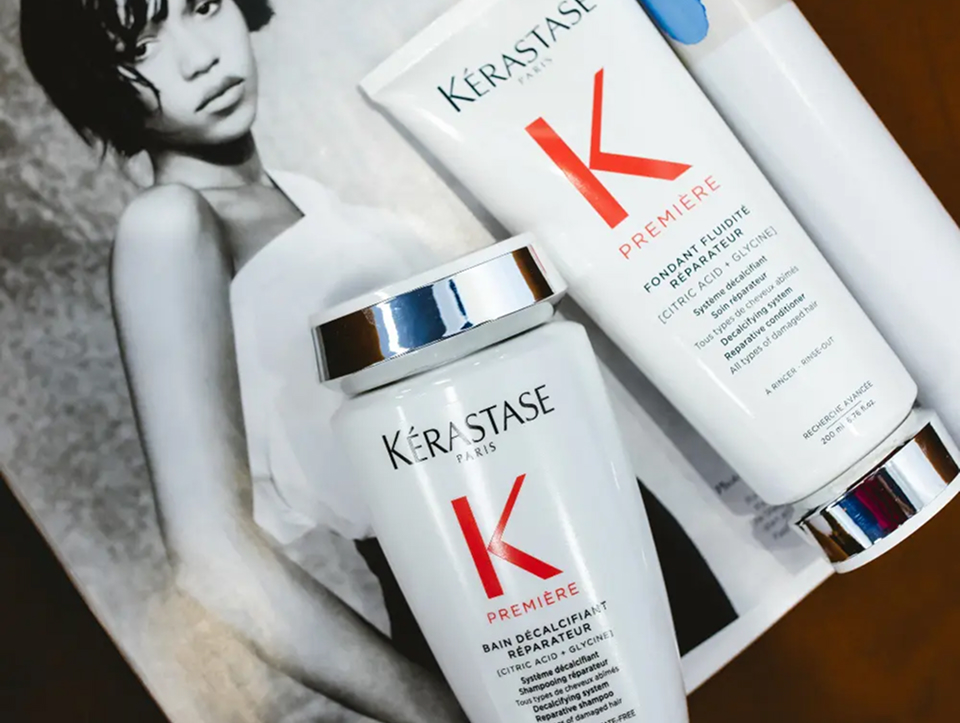If you’re considering extensions or already wear them, you’re probably asking, Is there a connection between hair loss and extensions?
You can enjoy extensions safely, but using the wrong type, applying them poorly, or wearing them for long periods can lead to traction-related hair loss.
With the right choices and care, you can achieve the volume and length you want without compromising your scalp health.
Hair Loss and Extensions: Why Extensions Can Cause Hair Loss

Hair loss from extensions most commonly results from traction alopecia, a type of hair loss caused by repeated pulling or tension on the hair follicles. Tight weaves, heavy wefts, or improperly applied tape-ins can stress follicles over time, causing gradual thinning or patchy loss.
🧬 Clinical reviews and case reports link prolonged or traumatic hairstyling (including extensions) to traction alopecia, especially if pain or tightness is ignored.
Choosing Extensions That Minimize Hair Loss Risk

1. Pick Low-Tension Options
Opt for lighter, discreet methods (e.g., hand-tied wefts, well-fitted keratin bonds, or high-quality tape-ins applied professionally) rather than heavy wefts that pull at the roots.
2. Quality & Materials Matter
Use human-hair or high-grade remy hair and avoid low-quality synthetic braids that may contain toxic residues or rough fibres that irritate the scalp. Recent testing shows some synthetic braiding products contain harmful VOCs — choose reputable suppliers.
3. Tailor to Your Hair Type
If your hair is thin or fragile, tell your stylist — they can recommend lighter-weight extensions and placement strategies that protect the hairline and temples. 👉 See: What Is Hair Loss and Female Pattern Hair Loss.
Do Tape-Ins Cause Hair Loss?

Tape-in extensions can cause hair loss if they’re applied too tightly, left in too long, or removed incorrectly.
When professionally fitted with correct spacing and regular maintenance, tape-ins are less likely to cause damage.
However, it is essential to monitor for tightness, headaches, or tugging sensations and have them removed by a professional.
👉 Read our article on tape-in hair extensions to learn why we recommend them.
Best Extensions for Thin Hair and Female Pattern Hair Loss

If you have thinning or female-pattern hair loss, consider extensions that minimize added weight and tension:
- Hand-tied wefts (sewn-in) — distribute weight over a wider area.
- Micro-bead / micro-loop (installed carefully) — minimal adhesive.
- Carefully applied tape-ins using experienced stylists (shorter wear cycles).
If you’re dealing with female pattern hair loss, consult a trichologist or clinician first — extensions may be cosmetic, but they won’t treat the underlying hormonal or genetic causes.
Safe Application & Aftercare — Practical Tips You Can Use Today

- Book with a qualified stylist and discuss your concerns about thinning hair. Always ask to feel for tension before they finish.
- Limit wear time — remove or reposition extensions every 6–8 weeks to let your scalp rest.
- Gentle removal only — don’t rip out tape-ins or glued wefts; use the proper remover at the salon.
- Avoid tight styles (tight ponytails, high buns) that increase traction.
- Follow scalp-care routines under extensions (cleanse, exfoliate gently, and moisturize lightly). 👉 See: The Ultimate Guide to Scalp Care with Extensions.
- Patch test synthetic hair before installation if you have sensitive skin or scalp.
Does Wearing Extensions Help Hair Grow?

Extensions do not make your natural hair grow faster. They can make hair appear fuller while you wear them, but extensions don’t stimulate the underlying follicles and may be harmed by excessive tension. For actual regrowth, investigate treatments and scalp therapies. 👉 See: Does Scalp Treatment for Hair Loss Work?
When Extensions Make Hair Loss Worse — Red Flags
If you notice any of these, remove extensions and see a professional:
- Persistent scalp soreness or headaches under the install.
- Increasing patchy thinning exactly where attachments sit.
- Redness, flaking, or signs of infection (avoid DIY/long-term adhesives). Clinical literature indicates that chronic traction can lead to permanent follicle damage if left unaddressed.
Products & Techniques to Protect Your Hair Under Extensions

- Use gentle, sulfate-free cleansers and low-residue conditioners.
- Avoid oil directly at the attachment points (can degrade tape bonds).
- Schedule regular scalp checks and maintenance at the salon.
- For blending and root transitions, pair with techniques like Hair Retexturizing or Root Smudging to reduce visible regrowth.
Protect Your Hair & Get a Pro Opinion
If you’re worried about hair loss and extensions or want safer, customized options for thinning hair, book a consultation with our stylists to plan a gentle, beautiful transformation — Book Now.
FAQ
Do tape-ins cause hair loss?
Tape-ins can cause hair loss if applied or removed incorrectly, left in too long, or placed on fragile hair; proper professional application and routine maintenance significantly reduce the risk.
What are the healthiest extensions for thin hair?
The healthiest options distribute weight (such as hand-tied wefts, lightweight micro-links, or professionally applied low-tension tape-ins) and are paired with strategic placement to protect the hairline.
Can extensions cause alopecia?
Yes — chronic traction from tight or heavy extensions can cause traction alopecia, which may become permanent if follicles are damaged over long periods.
How often should I remove or re-seat extensions?
Typically, every 6–8 weeks, more frequent maintenance may be needed for delicate or fragile hair to prevent prolonged tension.
Are synthetic braids safe?
Some synthetic braids have been shown to contain harmful compounds. If you choose synthetics, pick reputable, tested brands, and consider human-hair alternatives.









